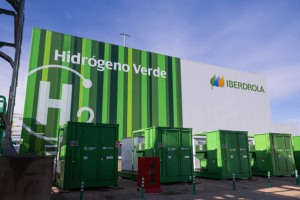Green hydrogen is produced through a process known as electrolysis. Electrolysis occurs when the cells in an electrolyser are activated by an electrical current and split water molecules into their constituent parts – oxygen and hydrogen. Because the cells are thin and delicate, they often curl at the edges during production when they are heated to 1,300°C, rendering them unusable. This is why Smitshuysen’s solution is so innovative.
3D-printing
“I realised that by using a 3D-printed cast to mould the cells in a way that corresponds to the shrinkage caused by the heating process, the size of the cells could be increased by 500%,” said Smitshuysen. The breakthrough has won the 28-year-old researcher the 2021 Flemming Bligaard Award from the Ramboll Foundation. Robert Arpe, Chairman of the Ramboll Foundation, expects the innovation to accelerate the green energy transition on a global scale: “Anne Lyck Smitshuysen’s invention is a technological breakthrough in Power-to-X research which will have a tremendous impact on the future production of green hydrogen.”
15 Years advantage
The European Union expects green hydrogen to meet 24% of global energy demands by 2050, but the sooner the technology reaches scale, the larger impact it will have on total emissions reductions. According to Søren Højgaard Jensen, CEO of the electrolyser start-up DynElectro where Smitshuysen is currently working on her PhD, her breakthrough may accelerate Power-to-X production by as much as 15 years.






